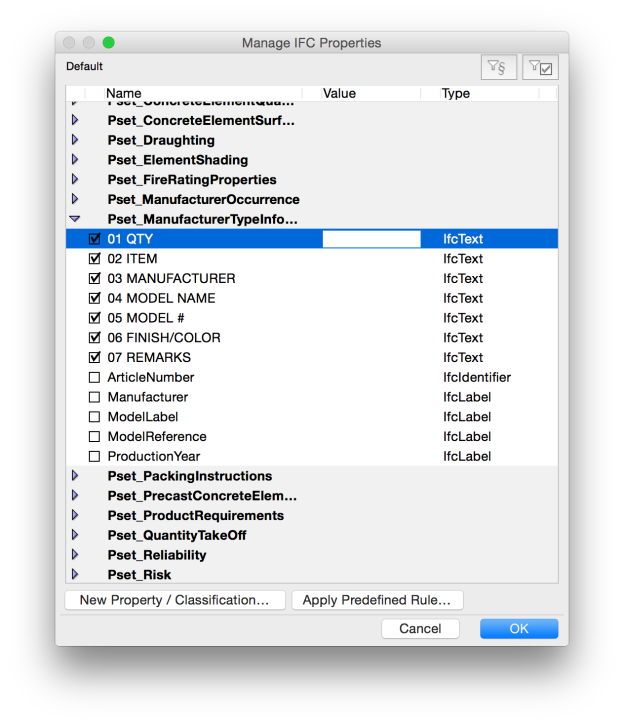I think the Basic Shapes often get ignored. These library parts are great as place holders or substitutes for tedious to model objects, basic element massing, or even final model elements. The grid object is great for register and vent grills and grates, drain screens, ceiling grids, trellis elements and more. Some of the other shapes can be used as object massing, or even a starting place for generating custom objects. Creating curved elements directly with the morph tool is possible, but they typically turn out blocky and faceted looking. Starting with a Cylinder, Cone or Sphere allows you to set the resolution of the curves, then convert to a morph to edit or incorporate with other morph elements.

Some of the objects in this folder may be useless and tacky (the House Model & Conceptual Tree Model for example), but most of these elements can be a dynamic part of modeling complex model elements or even schedule-able place holders for elements that we may not see in the model; such as hidden appliances and plumbing accessories. I recently used a few of these elements to model an exposed sink trap for a bathroom, and it was much faster than trying to build it with beams and columns or morph elements.
The last thing to consider is that these objects often have settings beyond the obvious. Some have settings for adjusting number of faces, curve resolution, overall and individual dimensions. This allows a polygon prism object to accomplish a wide range of geometries, for massing elements as well as trimming elements as a dedicated operator.
Just keep this little library folder in mind next time you are considering building a new custom object, fixture or accessory.










